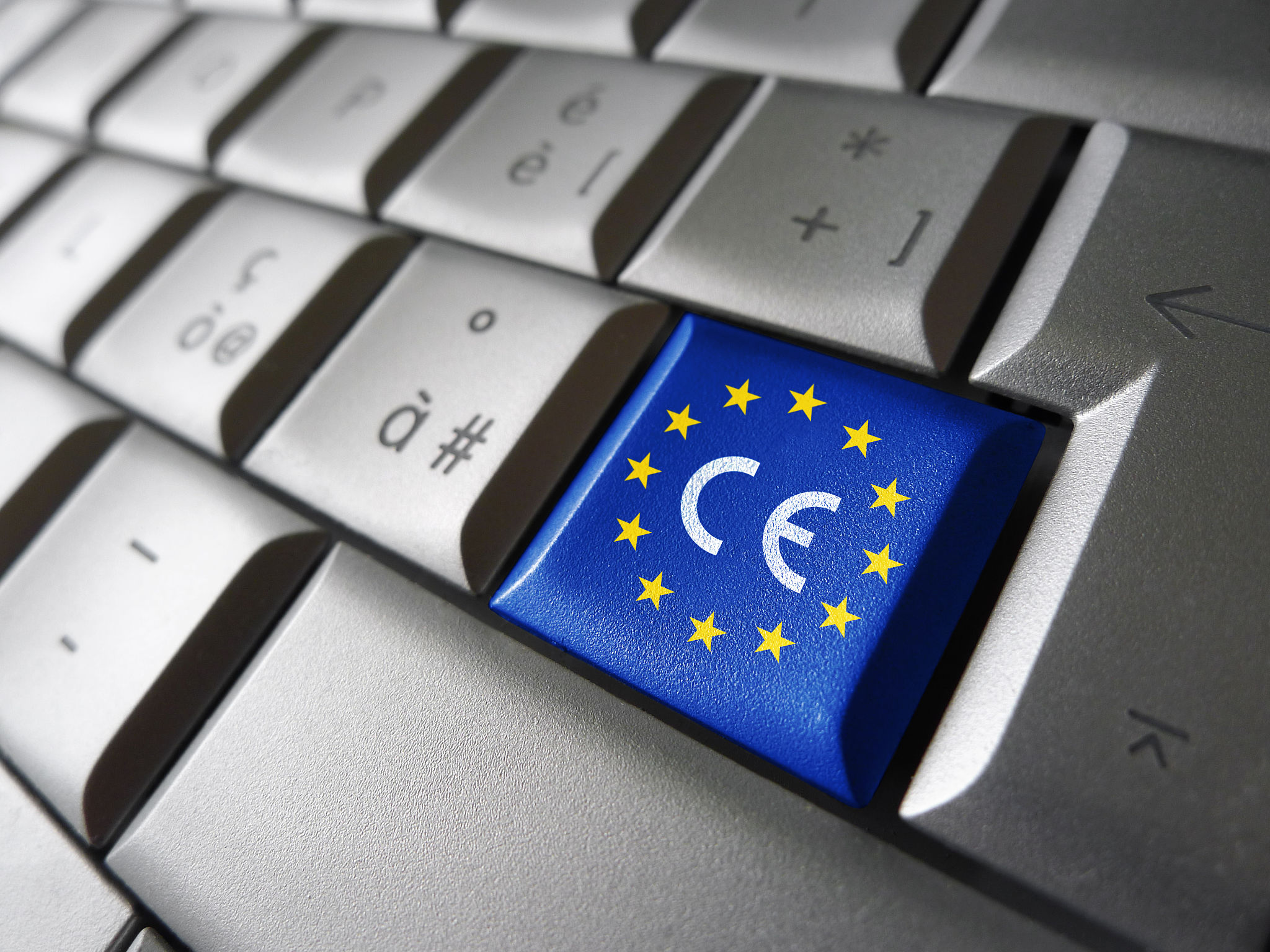Exporting Fertilizers to Europe: Navigating Regulations and Market Entry
Europe presents a lucrative market for fertilizer exporters, boasting a large agricultural sector and a high demand for quality fertilizers. However, entering this market requires a thorough understanding of the complex regulatory landscape. Exporters must navigate various regulations to ensure compliance and successful market entry.

Understanding European Union Fertilizer Regulations
The European Union (EU) has stringent regulations regarding the import and use of fertilizers. These regulations are designed to protect the environment and ensure the safety and quality of agricultural products. The primary legislation governing fertilizers in the EU is the Fertilizing Products Regulation (FPR), which outlines the requirements for placing fertilizers on the EU market.
Exporters need to ensure that their products meet the standards set by the FPR, which include requirements for labeling, packaging, and product composition. These regulations also cover environmental considerations, ensuring that fertilizers do not cause harm to soil or water resources.
Conformity Assessment and CE Marking
To enter the EU market, fertilizers must undergo a conformity assessment process. This process involves testing and verifying that the fertilizer complies with EU regulations. Once this assessment is complete, products can be affixed with the CE marking, indicating compliance with EU standards and allowing for free circulation within the European market.

Identifying Market Opportunities in Europe
Before exporting fertilizers to Europe, it’s essential to conduct market research to identify potential opportunities and understand local demand. Different regions within Europe may have varying needs based on their agricultural practices and soil conditions. Exporters should focus on tailoring their products to meet these specific requirements.
Additionally, understanding the competitive landscape is crucial. Identifying key competitors and analyzing their strengths and weaknesses can help exporters position their products effectively. Building relationships with local distributors can also facilitate market entry and help navigate regional dynamics.
Developing a Strategic Market Entry Plan
A well-thought-out market entry plan is vital for success in exporting fertilizers to Europe. This plan should include strategies for marketing, distribution, and logistics. Collaborating with local partners can enhance market penetration and provide valuable insights into consumer behavior.

Overcoming Trade Barriers and Challenges
Exporters may encounter various trade barriers when entering the European market. These can include tariffs, customs procedures, and differing national standards among EU member states. Staying informed about trade agreements and seeking assistance from trade organizations can help mitigate these challenges.
Furthermore, building a strong brand reputation is critical. Demonstrating commitment to sustainability and environmental responsibility can resonate well with European consumers, who are increasingly conscious of these issues.
Leveraging Technology and Innovation
Innovation plays a significant role in gaining a competitive edge in the European fertilizer market. Exporters should invest in research and development to create advanced fertilizer formulations that meet changing agricultural needs. Leveraging technology to improve supply chain efficiency and product traceability can also enhance market appeal.

In conclusion, exporting fertilizers to Europe offers significant opportunities for growth but requires careful planning and adherence to regulations. By understanding the regulatory landscape, identifying market opportunities, and addressing challenges strategically, exporters can successfully enter and thrive in the European fertilizer market.
